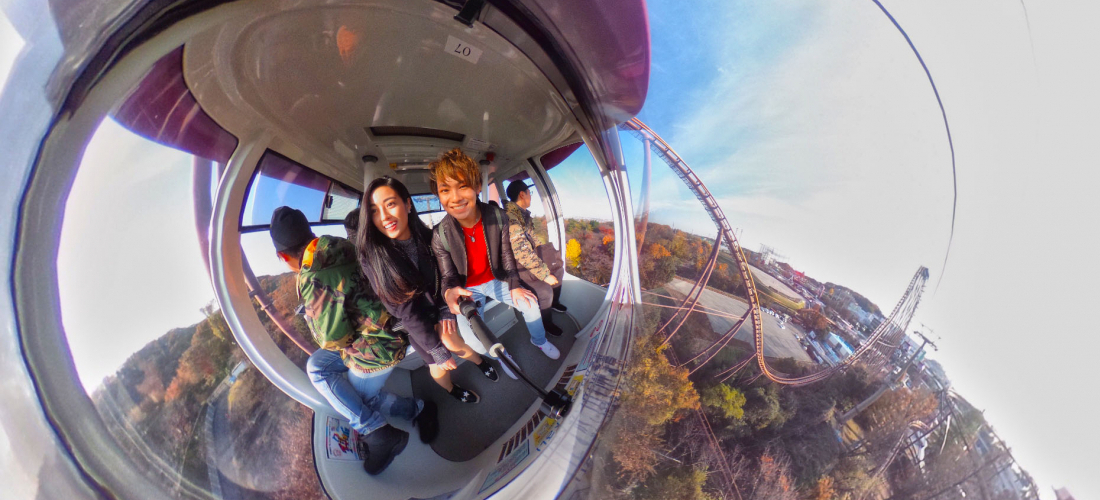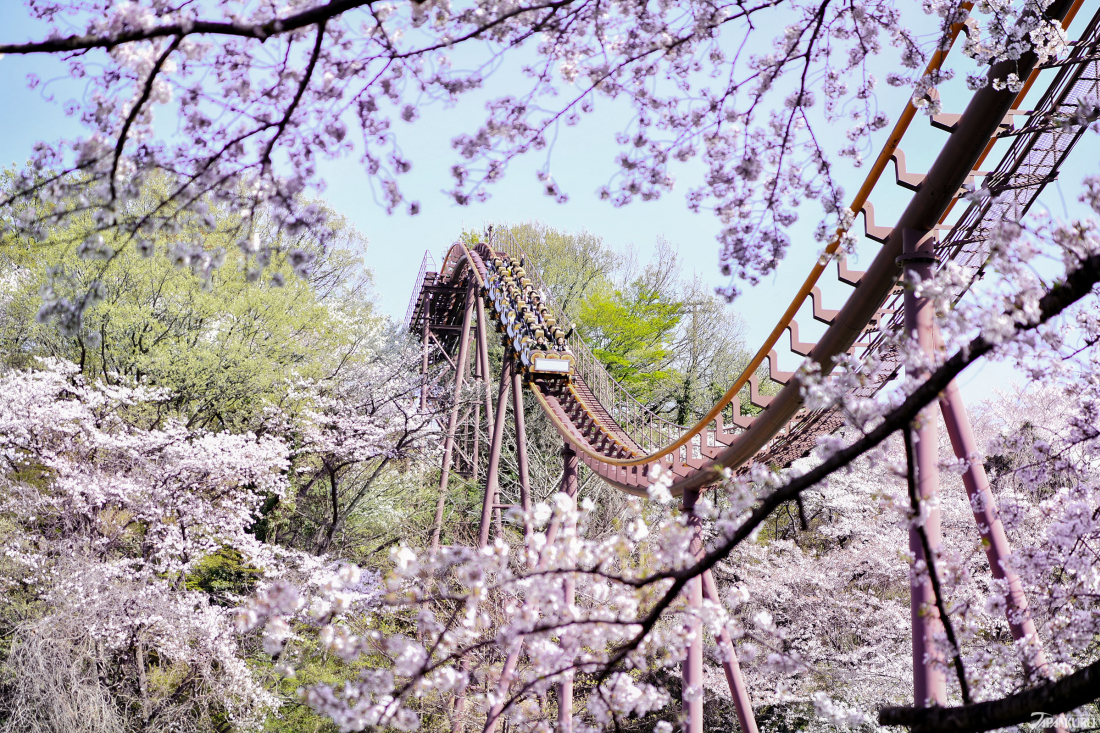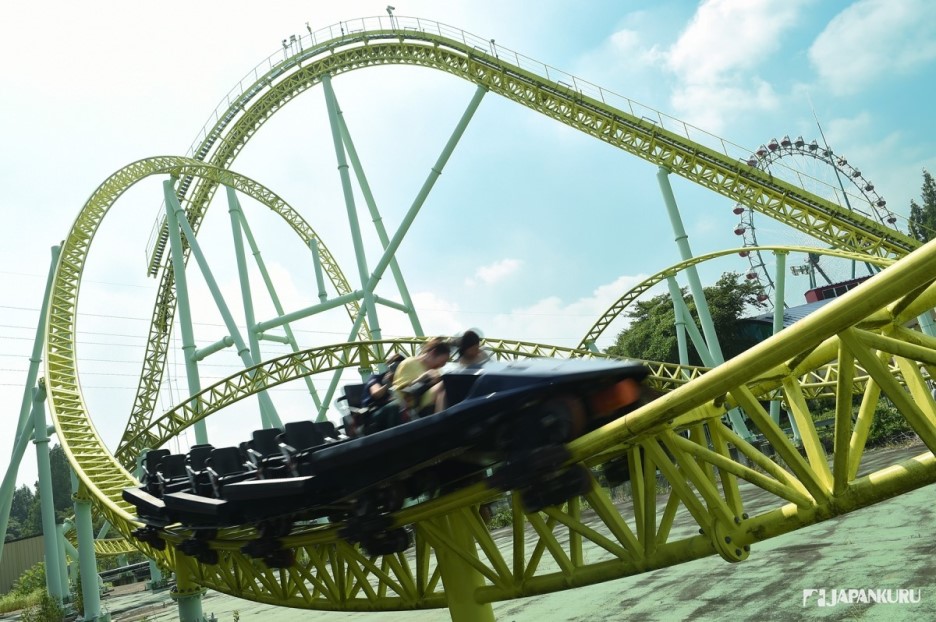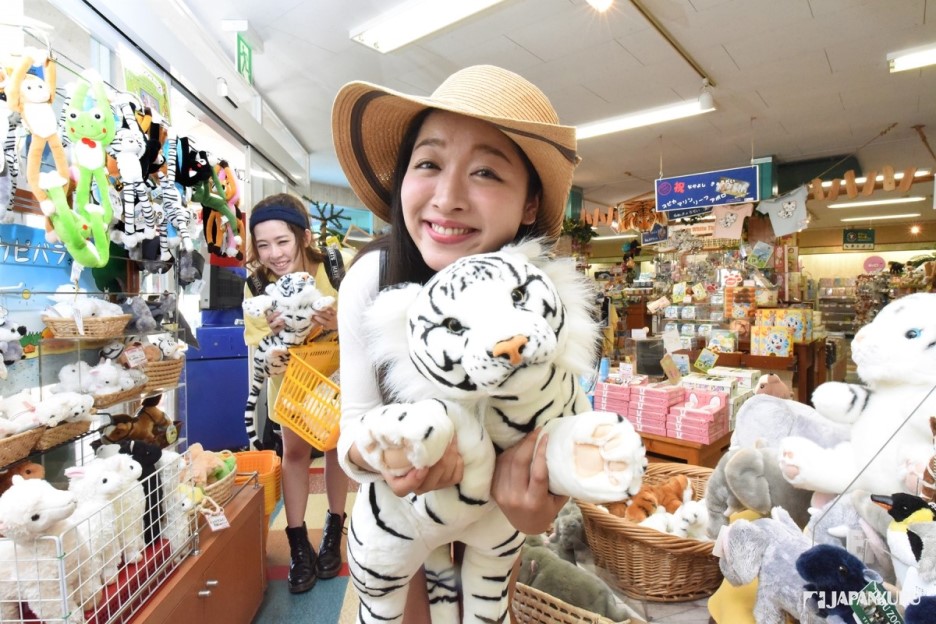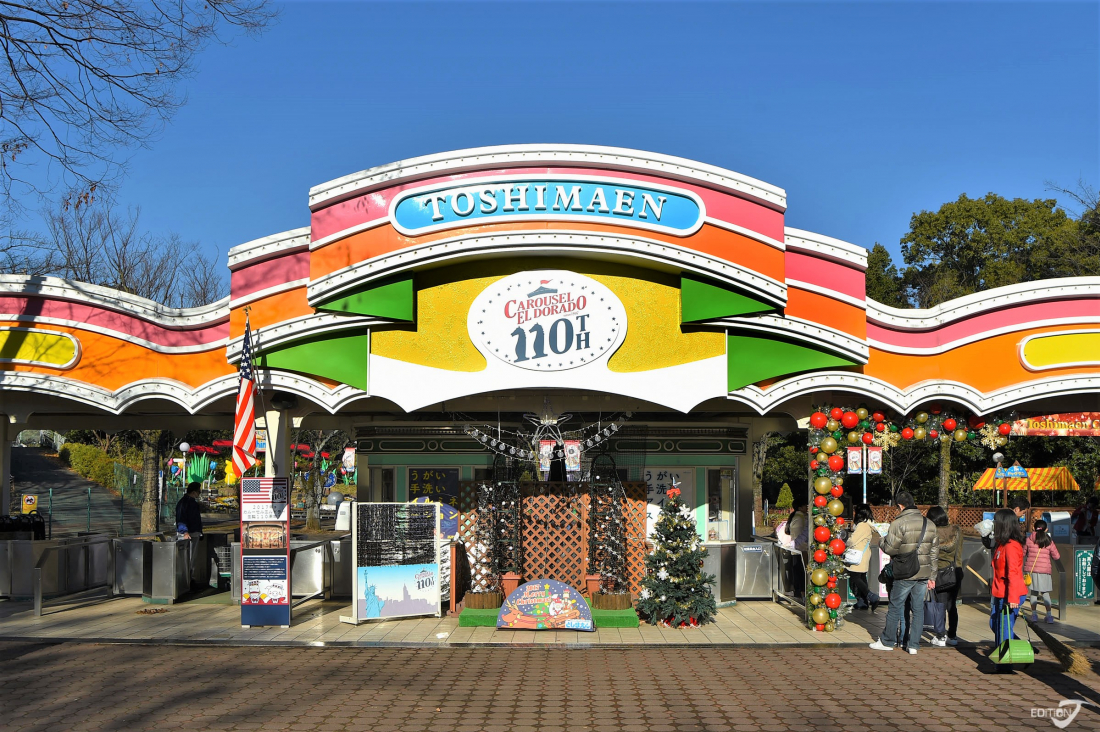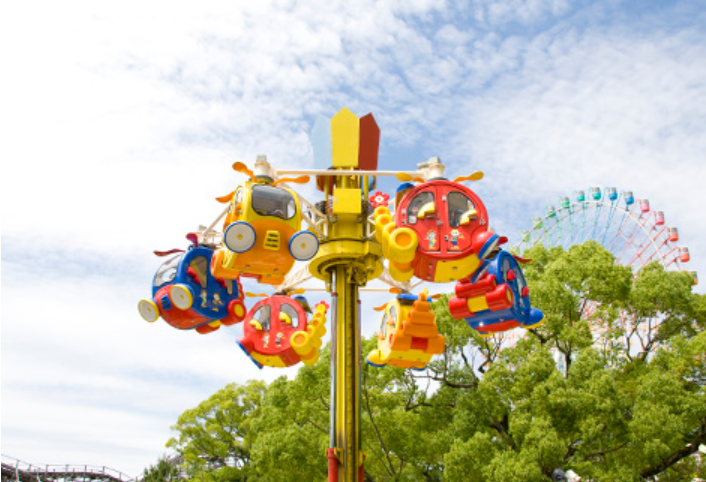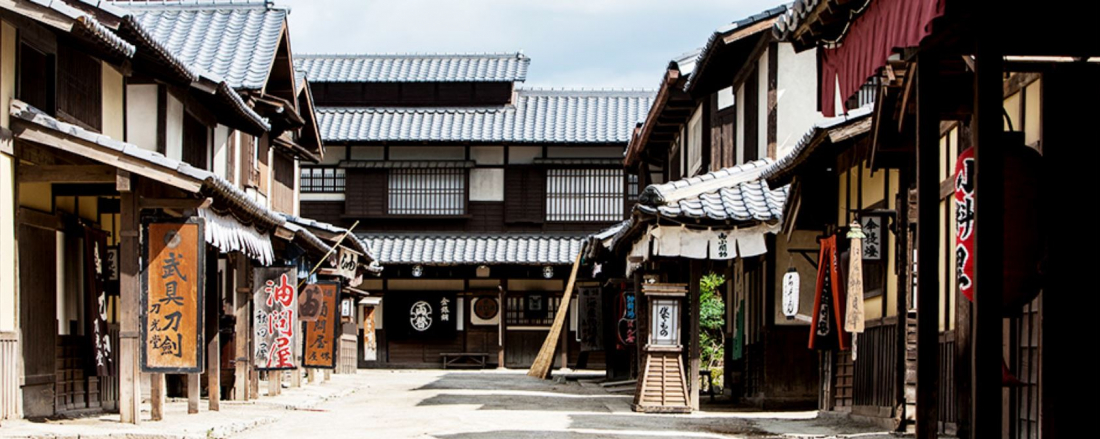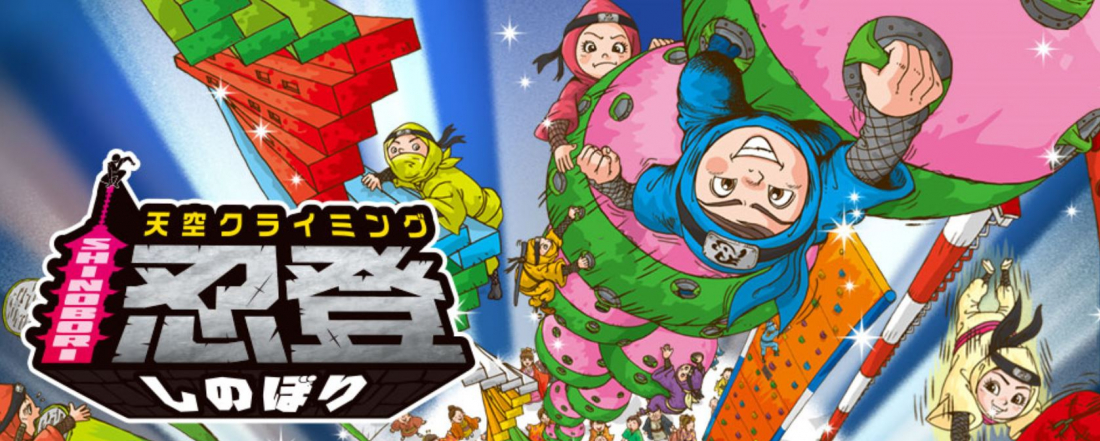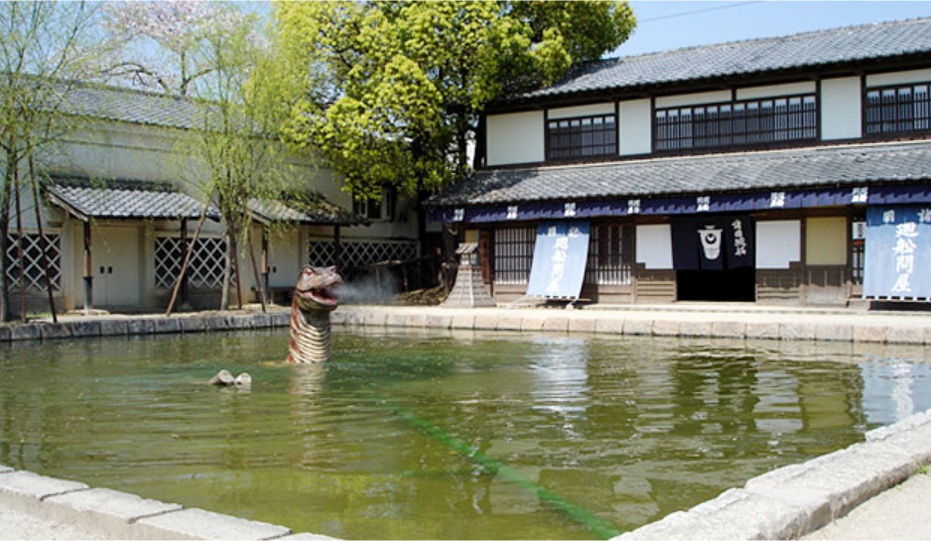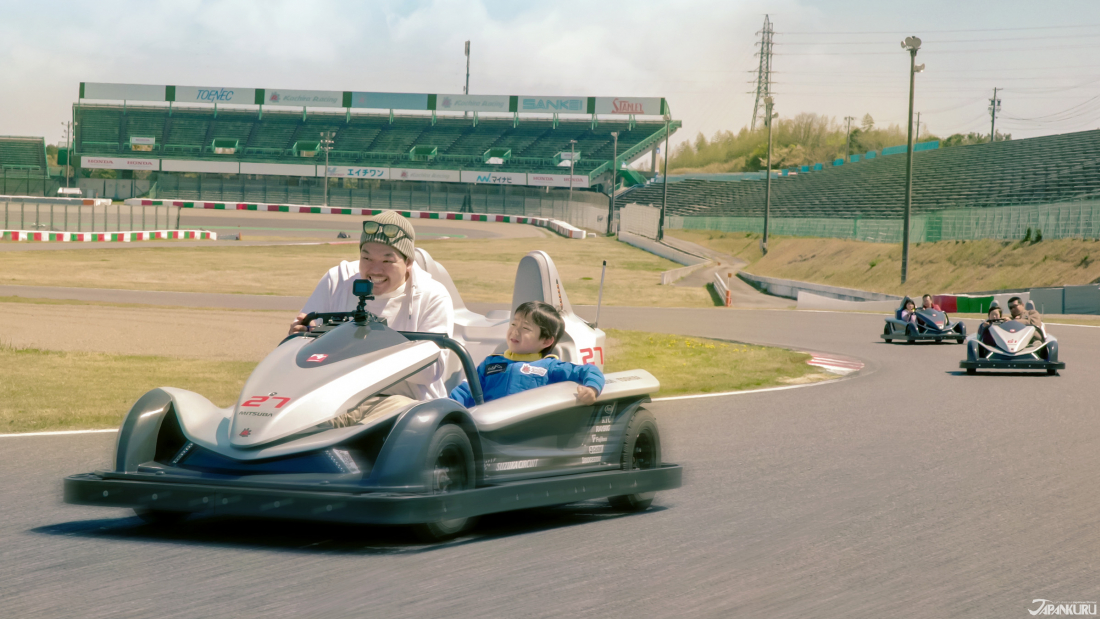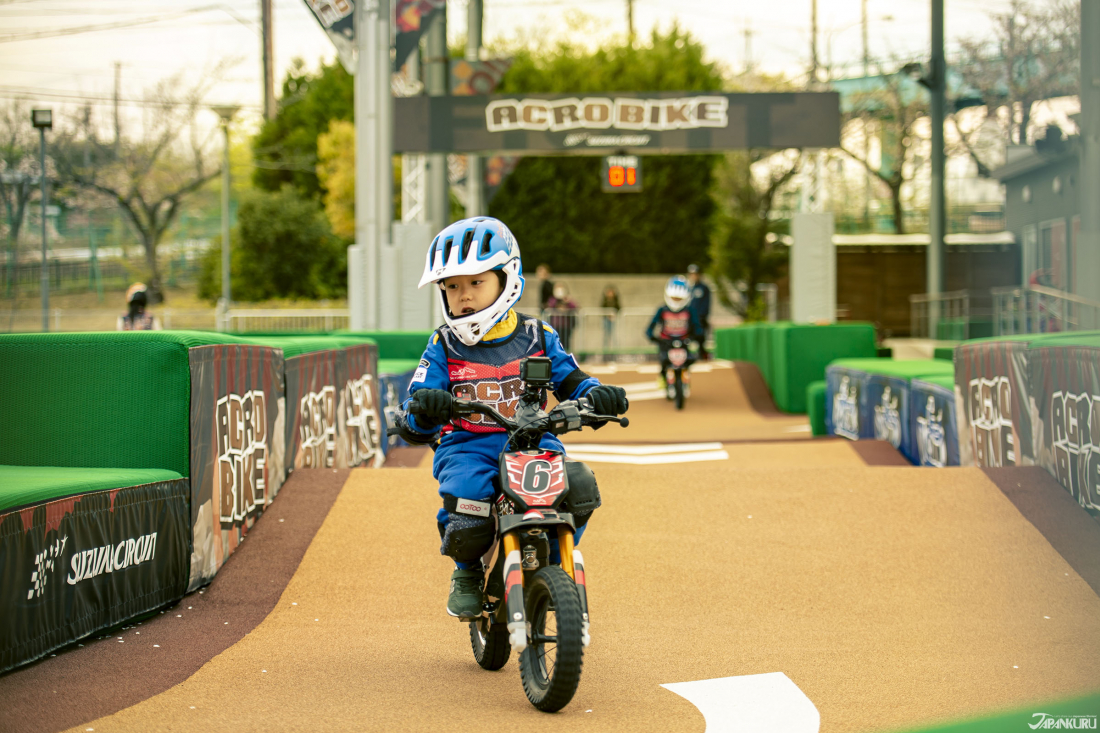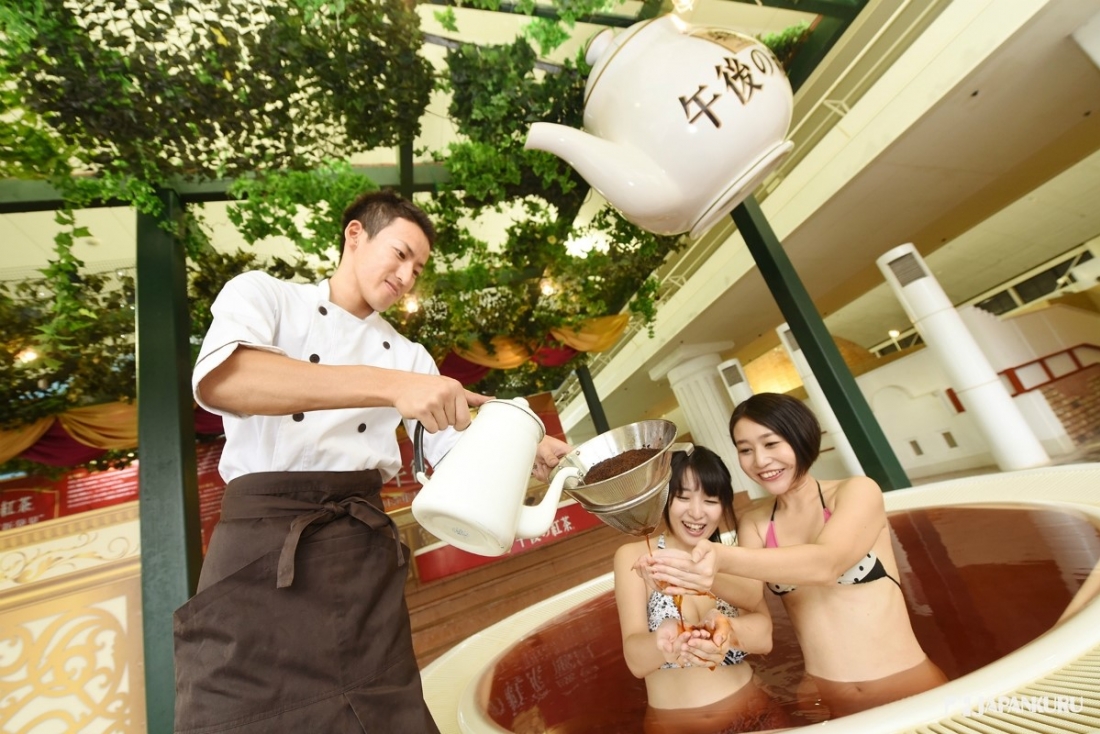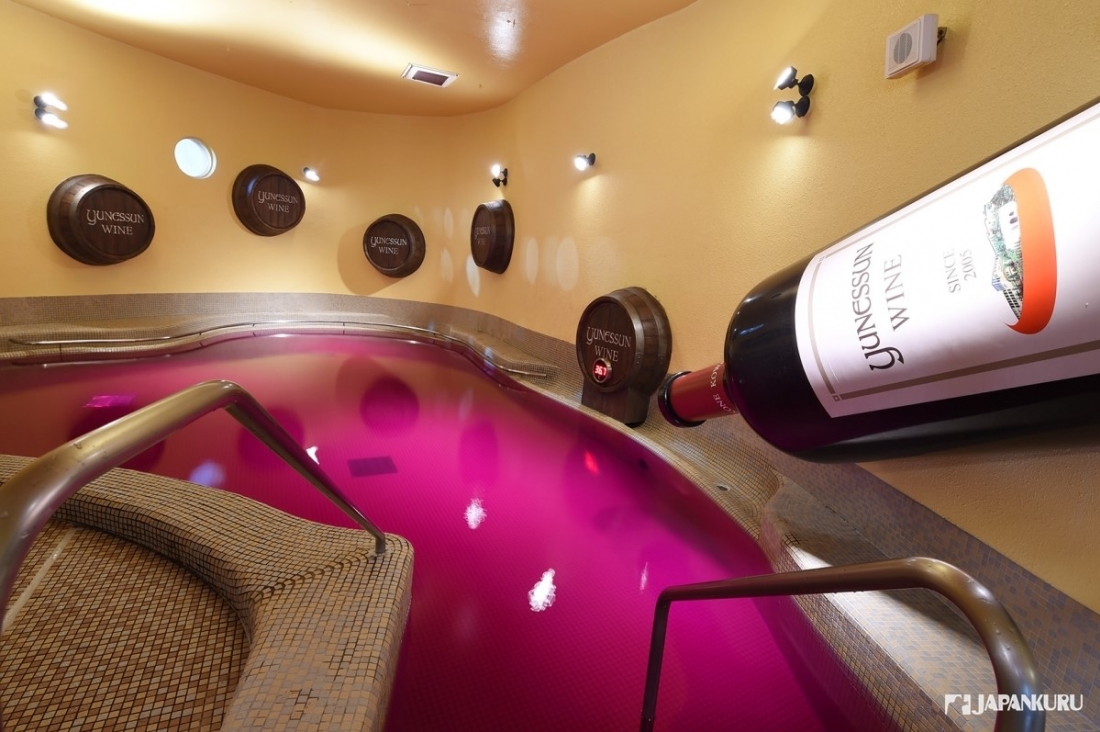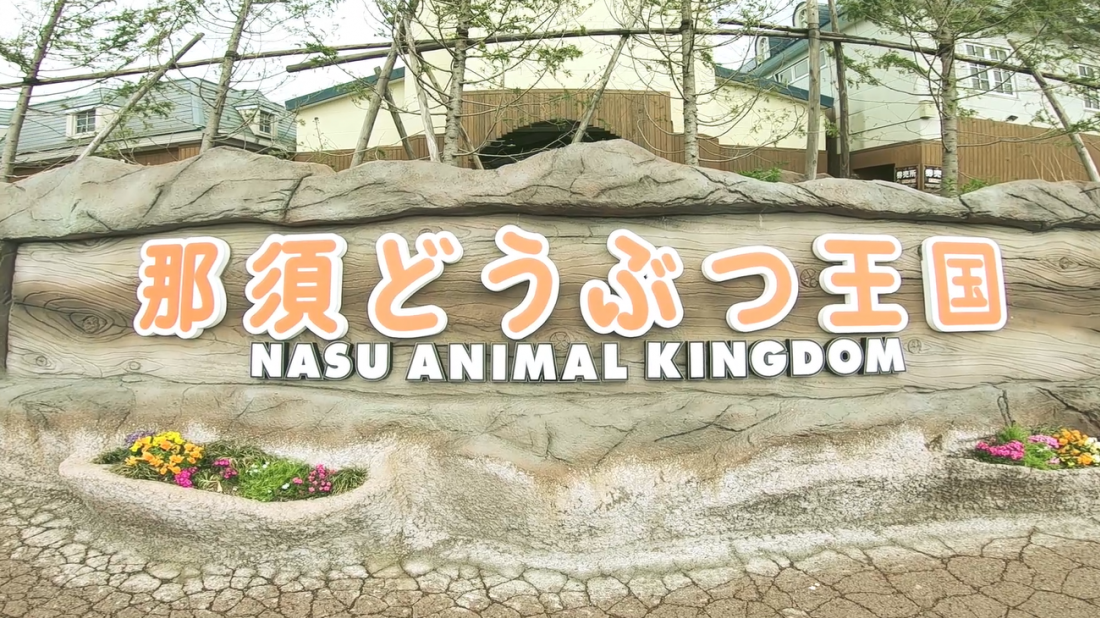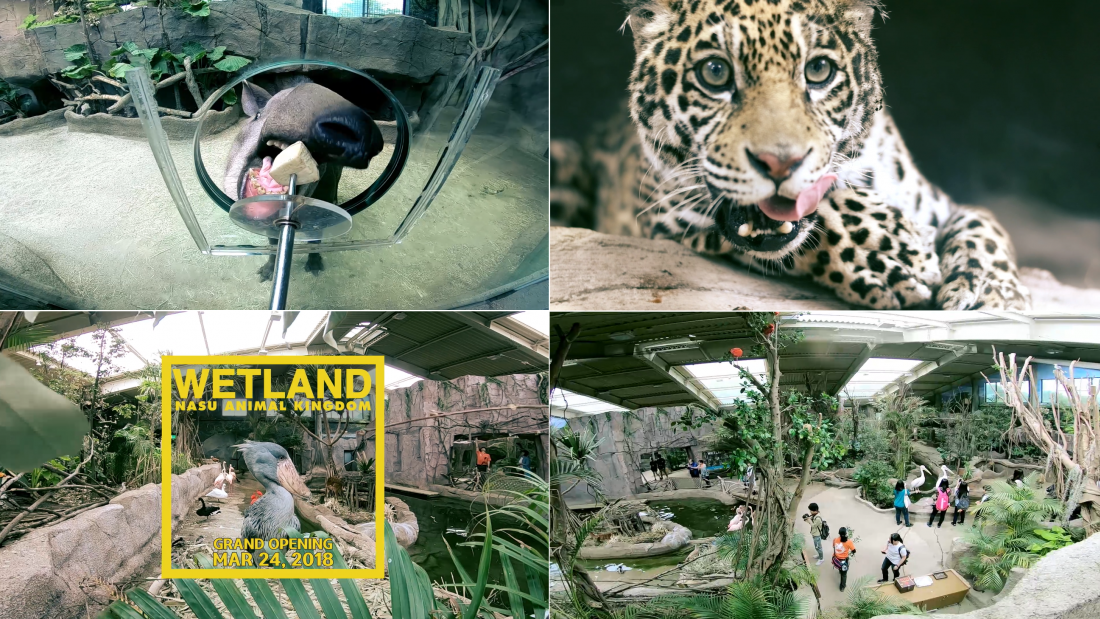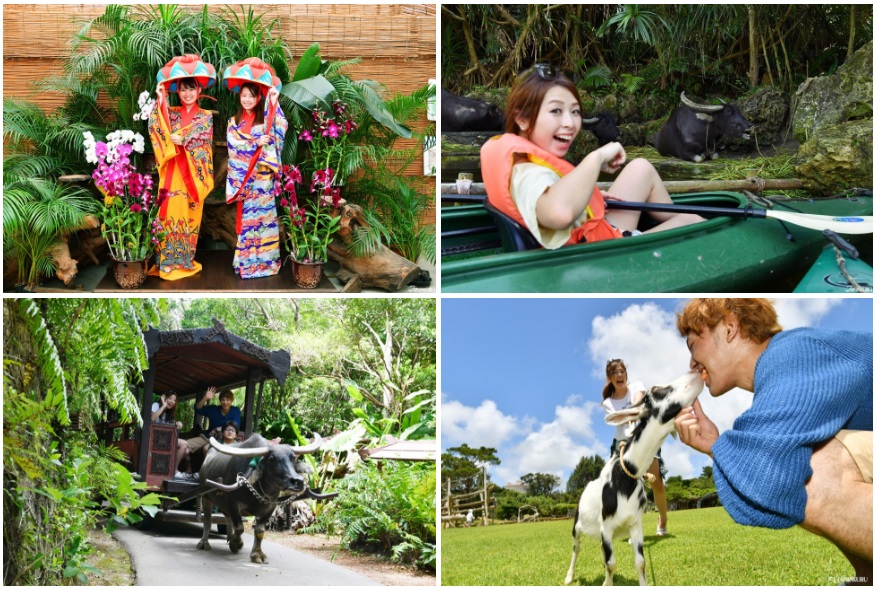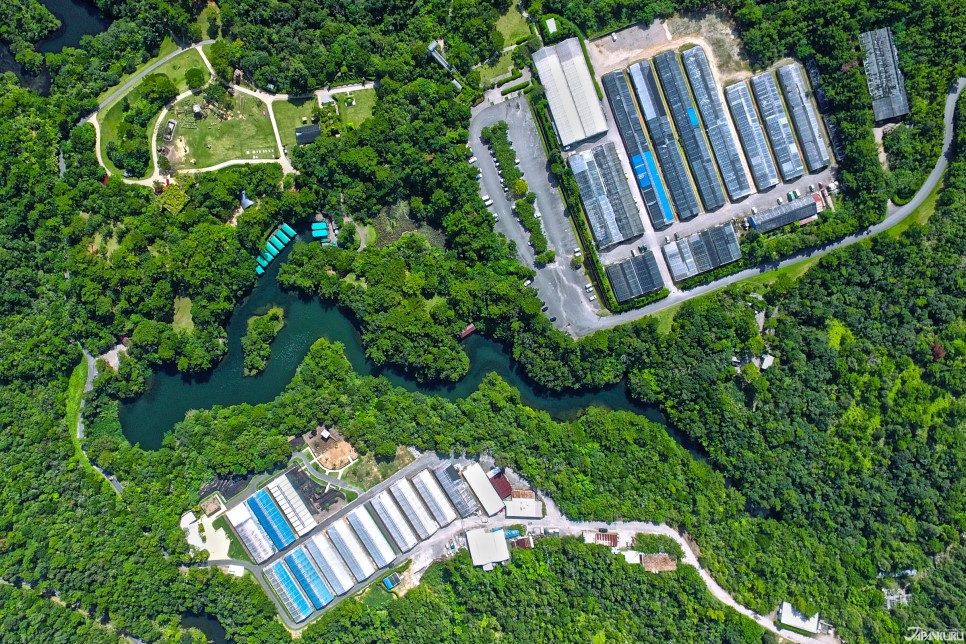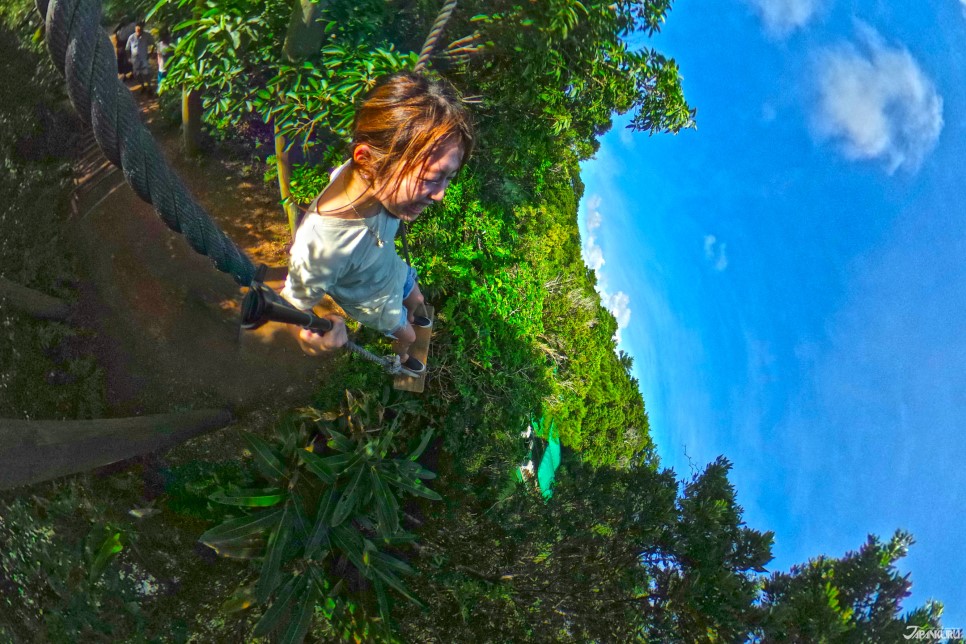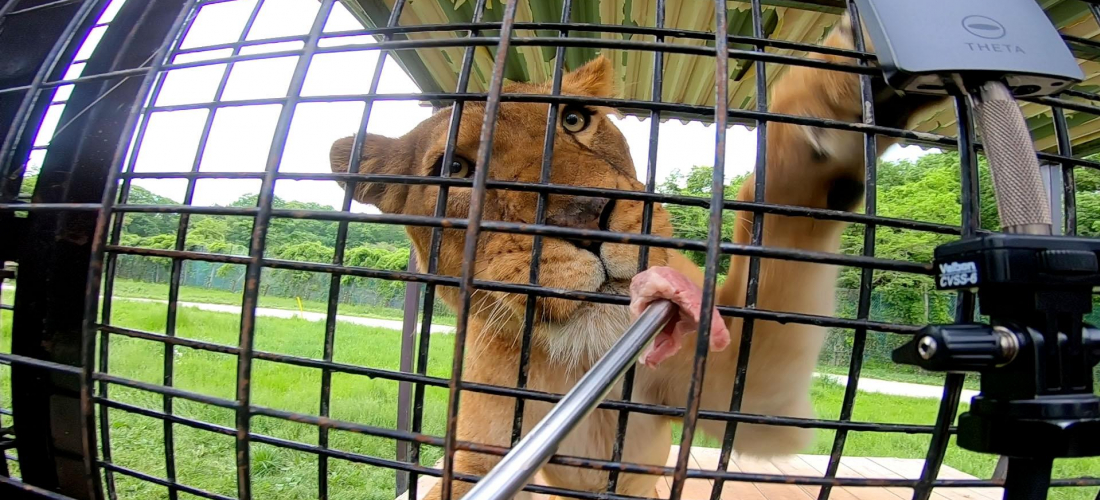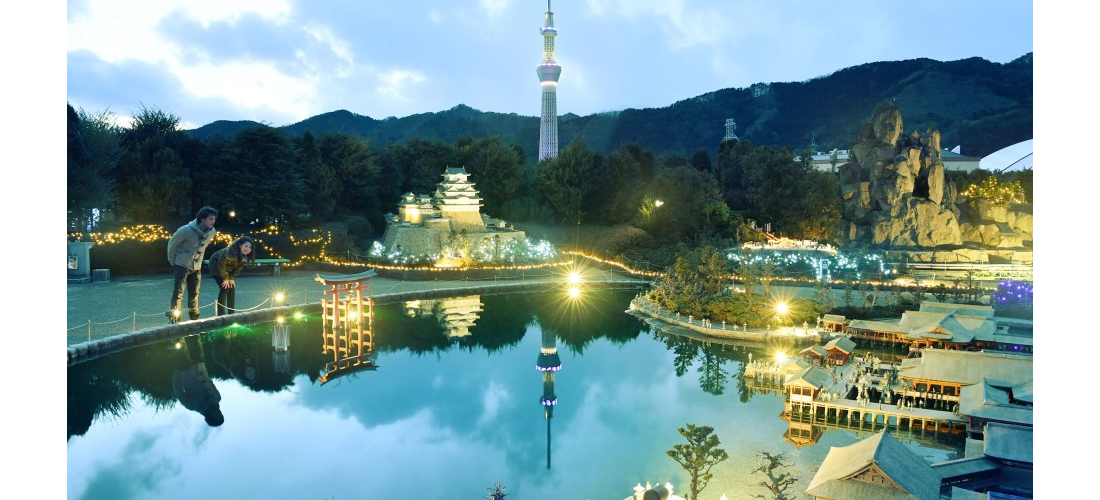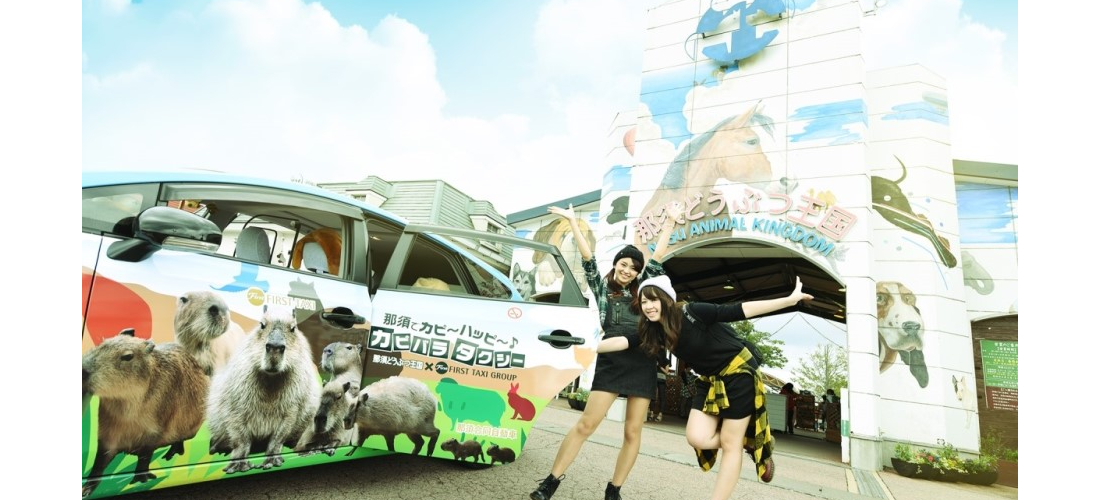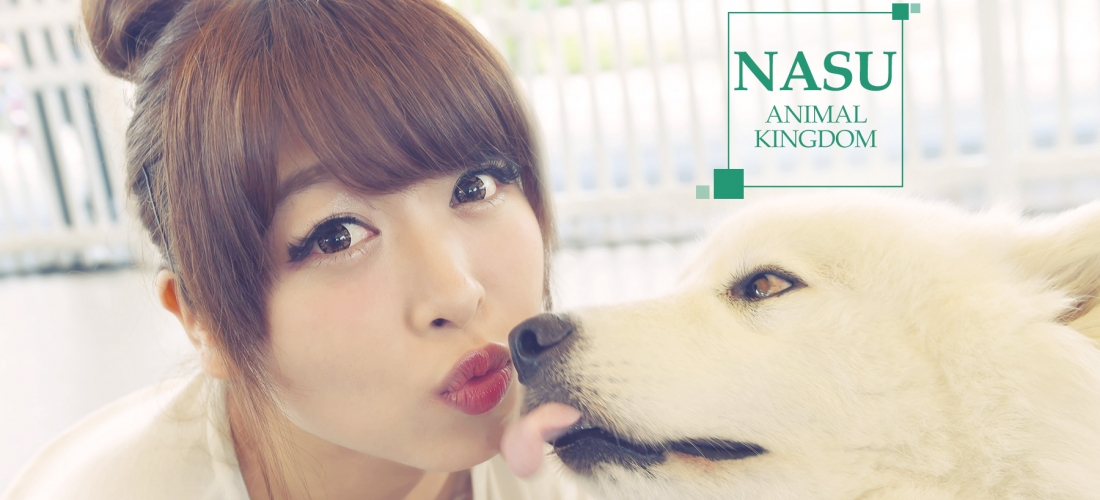CONTENTS
Maybe you’re in Japan with kids, or maybe you adore rollercoasters, but really, most of us can enjoy a good day out at an amusement park! Japan certainly has quite a few to visit, and lots of travelers will stop in at Tokyo Disney, or head to Universal Studios Japan in Osaka. These huge chains have big, well-known rides, and sure, that can be fun, but popular parks mean long lines! Some visitors are shocked by the two hours or more that they can often expect to wait when lining up for a popular attraction.
So, instead, we’d like to recommend that you spend your time more wisely, and head to one of Japan’s many home-grown amusement parks, or theme parks with more unique attractions. You might encounter fewer princesses wandering the grounds, but you’ll be sure to have a day filled with much more fun, and much less boring waiting around, with unique stories to tell back home!
Tokyo Parks
Yomiuriland Amusement Park is Tokyo's biggest amusement park! It's an easy trip out of the city, and the park has 43 different attractions, including rollercoasters, spinning cups, merry-go-rounds, bungee jumping spots, and more, so there's something for visitors of any age (and any level of courage.) During the summer, the water park area opens up for Tokyoites fleeing the summer heat, and you can splash around in the pools and slip down the slides. Yomiuriland is also known around Tokyo for the spectacular winter lights that go up each year and glitter warmly during the chilly, dark nights, with literally 6 million bulbs. Take a ride in the park's gondola to float over a sea of pink petals every April for cherry blossom season(before getting onto a rollercoaster and zooming through the pink trees instead!)
Yomiuriland Amusement Park
Google Maps
Hours: 10:00 – 20:30
Access: Keio Yomiuriland Station, Yomiuriland-Mae Station
One Day Pass: Adults ¥5400/Middle and High School Students ¥4300/Children ¥3800/65+ y.o. ¥4500
Official Website (en)
The Tobu Zoo is a "hybrid leisure land" in Saitama, just outside of Tokyo. The place is a cross between your every-day zoo, and an amusement park, with both animal enclosures and exciting rides to be found. Approximately 120 species of animal call the Tobu Zoo home, including rare white tigers, and their ridiculously cute cubs. You can even feed some of the animals snacks, or otherwise get some one-on-one time with them. Head over to the eastern part of the park to ride rollercoasters, float around in paddle boats, and try out the "sky cycle." During the summer they also have pools, with slides and wave pools.
Tobu Zoo
Google Maps
Hours: 9:30 – 17:00 (June: closed Wed | Jan: closed Tue, Wed | Feb: closed Tue ~ Wed)
Access: Tobu Doubutsu Koen Station
One Day Pass: Adults ¥4,800/Children & Seniors ¥3,700
Official Website (en)
Toshimaen is an amusement park with a history of almost 100 years, and while it's a park with lots of fun modern rides, you can still see some of that antique charm. Aside from three different rollercoasters, petting zoos, a big water park area for the summer, a "sky train", and plenty of other rides, they also have a beautiful old-fashioned carousel that looks especially amazing lit up at night. If rollercoasters etc. aren't really your thing, Toshimaen also puts up lights in the winter, and sets up an ice-skating rink, so you can glide on the ice under the stars. Within the park complex there's also an actual fishing area, along with a hot spring spa (Toshimaen Niwa no Yu)!
Toshimaen
Google Maps
Hours: 10:00 – 17:00 (check the calendar for more exact information)
Access: Toshimaen Station
One Day Pass: Adults ¥4,200/Children ¥3,200
Official Website
Kansai Parks
Image Source: Hirakata Park Website
Hirakata Park has daily song and dance performances around the park, greatly entertaining younger visitors. You won’t see many international visitors in Hirakata, Osaka, but if you do, you might find a few of them enraptured by the gnome-themed theatrical entertainment, as well. Even on the busiest days, the park never gets overly crowded, so it feels like you have the rollercoasters, river rafts, and much more, all to yourself. Of course there is a waterpark area open in the summer, but perhaps the real draw for many is the themed events they have periodically. In the past there have been large inflatable pokemon scattered around the entrance, and right now there's a Cardcaptor Sakura exhibition going on (read more about the exhibition right here).
Hirakata Park
Google Maps
Hours: Weekdays 10:00 – 17:00/Weekends 10:00 – 18:00
One Day Pass: Adults ¥4,400/Elementary School Students ¥3,800/Children 2 y.o. & up ¥2,600
Official Website (en)
Image Source: Hirakata Park Website
"Pippin and Poppy's Kuru Kuru Helicopter", for the child in all of us.
Image Source: Hirakata Park Website
A gnome-filled performance!
Image Source: Hirakata Park Website
Uncle Frodo's Electric Train, for when we're feeling the need for a little speed.
Image Source: Toei Studio Park Website
TOEI Kyoto Studio Park is both an attraction for visitors looking for a fun day out, and also a movie and TV studio in active use. (The park even closes for a few days here and there for shooting!) Their official English tagline is "Experience Samurai Movies", and just walking through the park is indeed a fun experience, since they've recreated a historical town, complete with shops and homes and bridges. There are even historical reenactors putting on performances in the streets to further convince you that you've traveled back in time to be with Japan's samurais. You can dress up in old-fashioned kimono, too, if you want to fit in better (or take some amazing pictures). If that's not enough, there are also stage shows and more hands-on attractions to enjoy, like shuriken throwing contests and laser mission "Escape the Castle". (Here's a chance to show off how good you got at shuriken throwing during that Naruto phase of yours.)
TOEI Kyoto Studio Park (東映太秦映画村)
Google Maps
Hours: 9:00 – 17:00 (Occasionally open later.)
Access: 2 min. from Satsueisho-mae Station, 5 min. from Uzumasa Station, Uzumasa-Koryuji Station
One Day Pass: Adults ¥2,200/Middle & High School Students ¥3,200/Children 3 y.o.+ ¥1,100
Official Website (en)
Image Source: Toei Studio Park Website
Pretend that you, too, are in a historical drama!
Image Source: Toei Studio Park Website
Climb like a ninja.
Image Source: Toei Studio Park Website
Spot the beasts of the deep.
Suzuka Circuit in Suzuka City, Mie was built as the first full-scale standard international racing course in Japan. Huge pro-racing events are still held there every year, but they've also added a racing-themed amusement park to the big complex. Now there are opportunities for drivers of all ages and skill levels to safely race around the tracks in electric race cars, specially made kids' motorcycles, and all-terrain vehicles. It's a speed-lover's dream! If you need a break after all that racing, there are more relaxed rides, plus cool exhibition areas with interactive exhibits and interesting models to teach you about the history and practicalities of racing today. Perfect for race car fans big and small.
Suzuka Circuit Theme Park
Google Maps
Hours: Weekdays 10:00 – 17:00/Weekends 9:30 – 18:00
Access: From Shiroko Station, either take a taxi or a Mie Transportation bus.
One Day Pass: Adults ¥4,300/Children (7~12 y.o.) ¥3,300/Children (3~6 y.o.) ¥2,100/60+ y.o. ¥3,000
Official Website (en)
Circuit Challenger's electric car racing.
Excellent photo-taking opportunities.
Acro Bike: safe and fun motorcycle racing!?
Parks Around Japan
Hakone Kowakien Yunessun is a uniquely Japanese combination of hot springs and novelty entertainment. Slip into your swimsuit and take a dip in hot tea baths, cool iced coffee baths, red wine baths, and more! These baths are really made with the ingredients they say, so if you've dreamed of a cup of coffee so big you can get your whole body into it, this might be your chance. They even have limited-time-only baths that change seasonally, so you'll always find some new intriguing bath to relax in. Lots of the tubs also have event times, which often include staff carefully splashing bathers with more concentrated versions of whatever drink they're submerged in. If that doesn't sound fun enough for you, they have something of a hot springs water park! And of course, you can go there to experience a more traditional onsen hot spring as well.
Hakone Kowakien Yunessun
Google Maps
Hours: Weekdays 10:00 – 18:00/Weekends 9:00 – 19:00
Access: From Odawara Station, take a bus to Kowakien bus stop.
One Day Pass: Adults ¥2,500/Children ¥1,400
Official Website
Enjoying our afternoon tea.
Some more intense watery fun.
If you're feeling elegant, soak up some wine.
Nasu Animal Kingdom is, to put it simply, something of a zoo. But instead of focusing on animal enclosures, Nasu Animal Kingdom is known for its many animal performances. The shows are fun enrichment for both the animals performing, and those watching. Sitting in the stands for the Bird Show, you can watch stunning eagles, hawks, owls, and other winged friends soaring past your head. (And after the show, nab a picture with one!) When you visit, check the show schedule (jp) first thing, so you'll know exactly when to go see the bird show, or shows with cats, seals, or sheep. More recently, they also opened their Wetland area, an indoor section where you can observe (and sometimes feed) rainforest animals. Don't forget to meet the Wetland's star jaguar!
Nasu Animal Kingdom (那須どうぶつ王国)
Google Maps
Hours: Weekdays 10:00 – 16:30/Weekends 9:00 – 17:00 (Winter: ~16:00)
Access: Check the official website for free shuttle bus information!
One Day Pass: Adults ¥2,400/Children (3 y.o. to elementary school) ¥1,000 (Winter discount available.)
Official Website (en)
Nasu World Monkey Park has more than monkeys, and you can interact with almost all of the animals there! Other zoos might let you observe the monkeys from afar, but Nasu World Monkey Park has a petting zoo area with Japanese macaques, squirrel monkeys, and more, plus multiple species of lemur. They also give visitors opportunities to spend some time with macaws and ball pythons, if monkeys aren't your favorite. There are even elephant rides, where you can take a quick trip on the elephant's back, and then have a few minutes to thank it (and feed it some snacks). If the Animal Kingdom shows weren't enough for you, the Monkey Park also has a Monkey Playhouse! Watch some of the park's monkeys show off their unique personalities and obvious intelligence, as they play around with their handlers.
Learn more about these two parks, PLUS the Nasu Safari Park!
Nasu World Monkey Park
Google Maps
Hours: Weekdays 10:00 – 17:00 (closed Wednesdays)
Access: From JR Kuroiso Station, take a bus towards Highland Park to Rindo Lake bus stop.
One Day Pass: Adults ¥2,100/Children ¥1,200
Official Website
A grand entrance.
Animals galore!
Feeding our new buds some snacks.
Bios Hill in Okinawa is a huge chunk of land is dedicated to celebrating the flora and fauna of the subtropics. You can certainly spend some time in nature and with the animals being raised on the premises, if that sounds like fun! As a theme park, you can get on a boat and cruise the lake, get in your own canoes, ride in an Okinawan water-buffalo-drawn car, and dress up in traditional Ryukyu (Okinawan) costumes. These outfits are a little like your average Japanese kimono, but they've got some distinct island spirit. There's also the "Big Swing", a standing swing raised in the air, giving you a great view of the lush green surroundings!
Bios Hill (ビオスの丘)
Google Maps
Hours: 9:00 – 18:00
Access: Take the route 111 or 117 express bus from Naha Bus Terminal. Get off at Ishikawa IC bus stop and go the last 15 minutes by taxi.
Admission Fee: Adults ¥900/Children ~15 y.o. ¥500 (various activities at additional cost)
Official Website (en)
Canoeing through Okinawa.
The "dragon-shaped" river.
A very Big Swing!
So, are we all set for summer, now? If you were feeling a little limited by the pair of bigger amusement parks in Japan, you've certainly got a few more options after reading this! (Speaking of which, aren't we all waiting with bated breath to hear more about the Ghibli Park opening in the next few years?) These parks aren't all huge, and they're not all the same, but those unique features are what makes each of them so much fun. We hope you'll have a great day out at one of the theme parks!
If, after checking all these parks out, you're thinking that maybe theme parks aren't actually your thing, there are lots of good summer festivals to go to in Japan, and the fireworks that happen every year are spectacular too! Or take a look at our new event calendar to find something to do today.
COMMENT
FEATURED MEDIA
VIEW MORE 
A New Tokyo Animal Destination: Relax & Learn About the World’s Animals in Japan
#pr #japankuru #anitouch #anitouchtokyodome #capybara #capybaracafe #animalcafe #tokyotrip #japantrip #카피바라 #애니터치 #아이와가볼만한곳 #도쿄여행 #가족여행 #東京旅遊 #東京親子景點 #日本動物互動體驗 #水豚泡澡 #東京巨蛋城 #เที่ยวญี่ปุ่น2025 #ที่เที่ยวครอบครัว #สวนสัตว์ในร่ม #TokyoDomeCity #anitouchtokyodome

Shohei Ohtani Collab Developed Products & Other Japanese Drugstore Recommendations From Kowa
#pr #japankuru
#kowa #syncronkowa #japanshopping #preworkout #postworkout #tokyoshopping #japantrip #일본쇼핑 #일본이온음료 #오타니 #오타니쇼헤이 #코와 #興和 #日本必買 #日本旅遊 #運動補充能量 #運動飲品 #ช้อปปิ้งญี่ปุ่น #เครื่องดื่มออกกำลังกาย #นักกีฬา #ผลิตภัณฑ์ญี่ปุ่น #อาหารเสริมญี่ปุ่น

도쿄 근교 당일치기 여행 추천! 작은 에도라 불리는 ‘가와고에’
세이부 ‘가와고에 패스(디지털)’ 하나면 편리하게 이동 + 가성비까지 완벽하게! 필름카메라 감성 가득한 레트로 거리 길거리 먹방부터 귀여움 끝판왕 핫플&포토 스폿까지 총집합!
Looking for day trips from Tokyo? Try Kawagoe, AKA Little Edo!
Use the SEIBU KAWAGOE PASS (Digital) for easy, affordable transportation!
Check out the historic streets of Kawagoe for some great street food and plenty of picturesque retro photo ops.
#pr #japankuru #도쿄근교여행 #가와고에 #가와고에패스 #세이부패스 #기모노체험 #가와고에여행 #도쿄여행코스 #도쿄근교당일치기 #세이부가와고에패스
#tokyotrip #kawagoe #tokyodaytrip #seibukawagoepass #kimono #japantrip

Hirakata Park, Osaka: Enjoy the Classic Japanese Theme Park Experience!
#pr #japankuru #hirakatapark #amusementpark #japantrip #osakatrip #familytrip #rollercoaster #retrôvibes #枚方公園 #大阪旅遊 #關西私房景點 #日本親子旅行 #日本遊樂園 #木造雲霄飛車 #히라카타파크 #สวนสนุกฮิราคาตะพาร์ค

🍵Love Matcha? Upgrade Your Matcha Experience With Tsujiri!
・160년 전통 일본 말차 브랜드 츠지리에서 말차 덕후들이 픽한 인기템만 골라봤어요
・抹茶控的天堂!甜點、餅乾、飲品一次滿足,連伴手禮都幫你列好清單了
・ส่องมัทฉะสุดฮิต พร้อมพาเที่ยวร้านดังในอุจิ เกียวโต
#pr #japankuru #matcha #matchalover #uji #kyoto #japantrip #ujimatcha #matchalatte #matchasweets #tsujiri #말차 #말차덕후 #츠지리 #교토여행 #말차라떼 #辻利抹茶 #抹茶控 #日本抹茶 #宇治 #宇治抹茶 #日本伴手禮 #抹茶拿鐵 #抹茶甜點 #มัทฉะ #ของฝากญี่ปุ่น #ชาเขียวญี่ปุ่น #ซึจิริ #เกียวโต

・What Is Nenaito? And How Does This Sleep Care Supplement Work?
・你的睡眠保健品——認識「睡眠茶氨酸錠」
・수면 케어 서플리먼트 ‘네나이토’란?
・ผลิตภัณฑ์เสริมอาหารดูแลการนอน “Nenaito(ネナイト)” คืออะไร?
#pr #japankuru #sleepcare #japanshopping #nenaito #sleepsupplement #asahi #睡眠茶氨酸錠 #睡眠保健 #朝日 #l茶胺酸 #日本藥妝 #日本必買 #일본쇼핑 #수면 #건강하자 #네나이토 #일본영양제 #อาหารเสริมญี่ปุ่น #ช้อปปิ้งญี่ปุ่น #ร้านขายยาญี่ปุ่น #ดูแลตัวเองก่อนนอน #อาซาฮิ

Japanese Drugstore Must-Buys! Essential Items from Hisamitsu® Pharmaceutical
#PR #japankuru #hisamitsu #salonpas #feitas #hisamitsupharmaceutical #japanshopping #tokyoshopping #traveltips #japanhaul #japantrip #japantravel

Whether you grew up with Dragon Ball or you just fell in love with Dragon Ball DAIMA, you'll like the newest JINS collab. Shop this limited-edition Dragon Ball accessory collection to find some of the best Dragon Ball merchandise in Japan!
>> Find out more at Japankuru.com! (link in bio)
#japankuru #dragonball #dragonballdaima #animecollab #japanshopping #jins #japaneseglasses #japantravel #animemerch #pr

This month, Japankuru teamed up with @official_korekoko to invite three influencers (originally from Thailand, China, and Taiwan) on a trip to Yokohama. Check out the article (in Chinese) on Japankuru.com for all of their travel tips and photography hints - and look forward to more cool collaborations coming soon!
【橫濱夜散策 x 教你怎麼拍出網美照 📸✨】
每次來日本玩,是不是都會先找旅日網紅的推薦清單?
這次,我們邀請擁有日本豐富旅遊經驗的🇹🇭泰國、🇨🇳中國、🇹🇼台灣網紅,帶你走進夜晚的橫濱!從玩樂路線到拍照技巧,教你怎麼拍出最美的夜景照。那些熟悉的景點,換個視角說不定會有新發現~快跟他們一起出發吧!
#japankuru #橫濱紅磚倉庫 #汽車道 #中華街 #yokohama #japankuru #橫濱紅磚倉庫 #汽車道 #中華街 #yokohama #yokohamaredbrickwarehouse #yokohamachinatown

If you’re a fan of Vivienne Westwood's Japanese designs, and you’re looking forward to shopping in Harajuku this summer, we’ve got important news for you. Vivienne Westwood RED LABEL Laforet Harajuku is now closed for renovations - but the grand reopening is scheduled for July!
>> Find out more at Japankuru.com! (link in bio)
#japankuru #viviennewestwood #harajuku #omotesando #viviennewestwoodredlabel #viviennewestwoodjapan #비비안웨스트우드 #오모테산도 #하라주쿠 #日本購物 #薇薇安魏斯伍德 #日本時尚 #原宿 #表參道 #japantrip #japanshopping #pr

Ready to see TeamLab in Kyoto!? At TeamLab Biovortex Kyoto, the collective is taking their acclaimed immersive art and bringing it to Japan's ancient capital. We can't wait to see it for ourselves this autumn!
>> Find out more at Japankuru.com! (link in bio)
#japankuru #teamlab #teamlabbiovortex #kyoto #kyototrip #japantravel #artnews
Photos courtesy of teamLab, Exhibition view of teamLab Biovortex Kyoto, 2025, Kyoto ® teamLab, courtesy Pace Gallery

Japanese Makeup Shopping • A Trip to Kamakura & Enoshima With Canmake’s Cool-Toned Summer Makeup
#pr #canmake #enoshima #enoden #에노시마 #캔메이크 #japanesemakeup #japanesecosmetics

⚔️The Robot Restaurant is gone, but the Samurai Restaurant is here to take its place. Check it out, and don't forget your coupon!
🍣신주쿠의 명소 로봇 레스토랑이 사무라이 레스토랑으로 부활! 절찬 쿠폰 발급중
💃18歲以上才能入場的歌舞秀,和你想的不一樣!拿好優惠券去看看~
#tokyo #shinjuku #samurairestaurant #robotrestaurant #tokyotrip #도쿄여행 #신주쿠 #사무라이레스토랑 #이색체험 #할인이벤트 #歌舞伎町 #東京景點 #武士餐廳 #日本表演 #日本文化體驗 #japankuru #japantrip #japantravel #japanlovers #japan_of_insta

Japanese appliance & electronics shopping with our KOJIMA x BicCamera coupon!
用JAPANKURU的KOJIMA x BicCamera優惠券買這些正好❤️
코지마 x 빅 카메라 쿠폰으로 일본 가전 제품 쇼핑하기
#pr #japankuru #japanshopping #kojima #biccamera #japaneseskincare #yaman #dji #osmopocket3 #skincaredevice #日本購物 #美容儀 #相機 #雅萌 #日本家電 #일본여행 #면세 #여행꿀팁 #일본쇼핑리스트 #쿠폰 #일본쇼핑 #일본브랜드 #할인 #코지마 #빅카메라 #japankurucoupon

